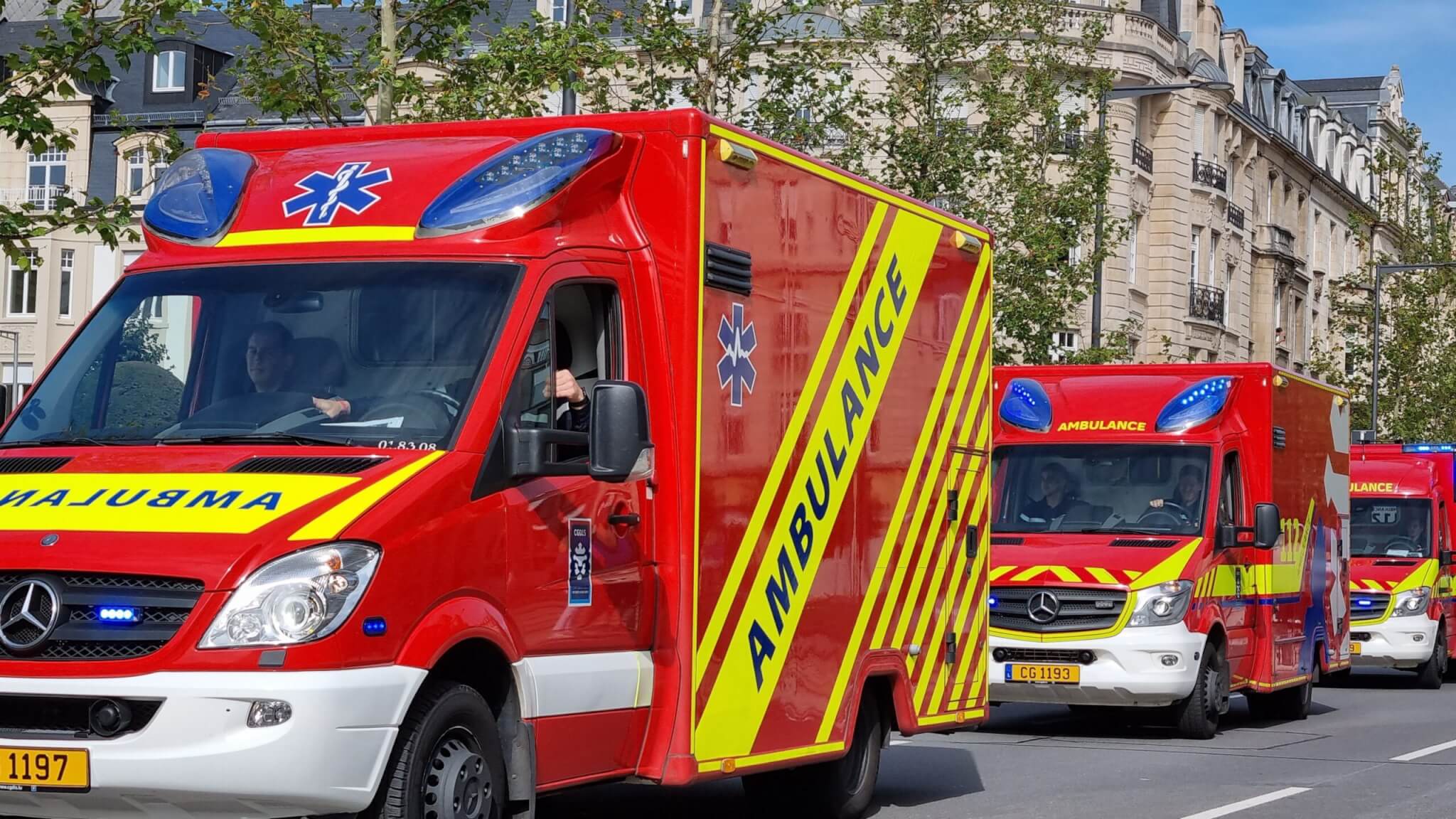This website uses cookies so that we can provide you with the best user experience possible. Cookie information is stored in your browser and performs functions such as recognising you when you return to our website and helping our team to understand which sections of the website you find most interesting and useful.
LNS teams up with CGDIS to investigate the stability of medicines in an emergency ambulance
When it comes to storing medicine, temperature is of central importance. If medicines remain in a fixed location – such as a doctor’s practice or a pharmacy – a constant temperature and thus optimal storage is generally guaranteed. But what happens to medicines transported in an emergency vehicle? The Analytical Toxicology and Pharmaceutical Chemistry experts at LNS got to the bottom of this question last year in collaboration with the Corps grand-ducal d’incendie et de secours (CGDIS).
Joint project over a 12-month period
The service, based in LNS Department of Forensic Medicine, examined five emergency medication on board of an emergency medical service (EMS) car over a period of twelve months. These were analysed every three months for the concentrations of their respective active ingredients – amiodarone, rocuronium, fentanyl, succinylcholine, and epinephrine. The samples taken were compared with those of the same products stored at room temperature or in a refrigerator. The dosage of the active ingredient was measured using HPLC/UV (high-pressure liquid chromatography coupled to a ultraviolet detector).
The results of the long-term test can be described as thoroughly satisfactory, as Dr Serge Schneider, head of the Analytical Toxicology – Pharmaceutical Chemistry Service, explains: “With the exception of succinylcholine, the remaining concentration of all medicines from the EMS car was still well over 90 % of the values measured at the beginning of the project, even after one year. The concentrations ranged from 96.3 % to 103 % and were also still harmlessly high for succinylcholine at 89 %.”
All concentrations within specification intervals
The bottom line is that this result means that under real conditions on board an EMS vehicle, there is no pharmacologically relevant deterioration due to temperature fluctuations with amiodarone, rocuronium, fentanyl, succinylcholine and epinephrine, Serge Schneider continues: “All measured concentrations remained within the specification intervals stated by the respective manufacturers. Medical staff and patients can therefore rely on the fact that these medicines, which are stored under changing temperature conditions in emergency vehicles, retain their effect.”
This is all the more remarkable given that the conditions in mobile use are sometimes very fluctuating, as MSc Claire Welter, head of Pharmacy Department, CGDIS, and Dr Pascal Stammet, head of Medical and Health Directorate, CGDIS, point out: “Temperatures inside the emergency vehicles ranged from 13.9 ° C to 33.9 ° C, depending on the season. For this reason, it was of great interest to us to find out to what extent this could represent a safety risk. For this purpose, we participated for the first time in a scientific study, for which we found the perfect project partner in LNS.”



D'Patiente kënnen op d'Tatsaach vertrauen datt Medikamenter, déi ënner verännerleche Temperaturbedéngungen an Ambulanzen gelagert ginn, hiren Effekt behalen.
Dr Serge Schneider
Head of the Analytical Toxicology and Pharmaceutical Chemistry service







